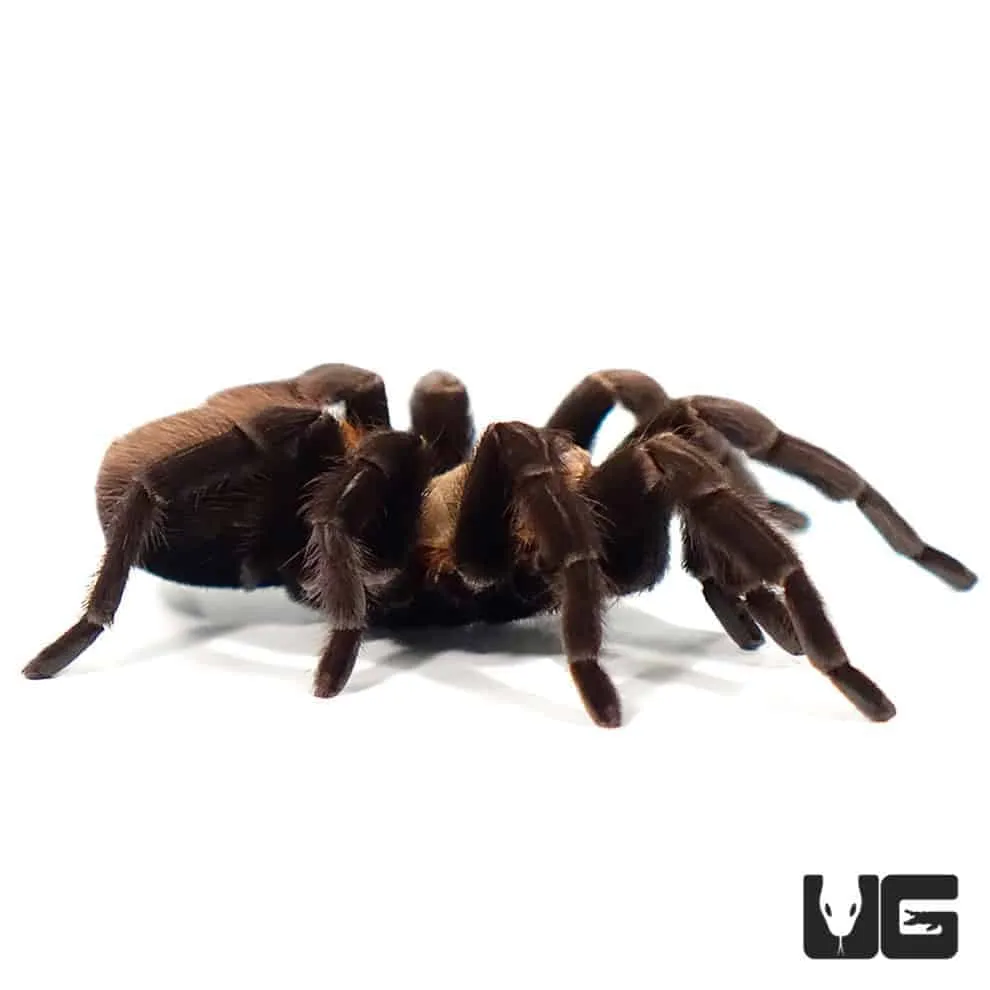Understanding Texas Brown Tarantula Bites
Encountering a Texas Brown Tarantula can be an exciting experience, but it’s crucial to understand the potential risks involved, especially when dealing with a bite. While these tarantulas are generally not aggressive, they may bite if they feel threatened. Their bites, though rarely life-threatening, can cause discomfort and localized reactions. Knowing how to identify a bite and the appropriate first aid measures is key to ensuring a quick and effective recovery. This guide provides a comprehensive overview of what to do if bitten by a Texas Brown Tarantula, from immediate actions to long-term care, ensuring you’re prepared for any situation. Remember that understanding and preparation are the best defenses when dealing with wildlife, even if it’s in your own backyard.
Identifying a Texas Brown Tarantula Bite
Identifying a Texas Brown Tarantula bite is the first step in providing the right care. The bite itself typically looks like a small, puncture wound or a pair of small puncture marks, often accompanied by some redness and swelling around the area. Because tarantulas have fangs, the bite marks can be distinct. However, the appearance can vary based on individual sensitivity and the location of the bite. It’s important to differentiate a tarantula bite from bites by other insects or spiders. Paying close attention to the symptoms that follow, as well as any visible marks, will assist in confirming a Texas Brown Tarantula bite. Being able to quickly recognize these signs enables timely action, which can greatly improve the outcome.
Symptoms of a Texas Brown Tarantula Bite
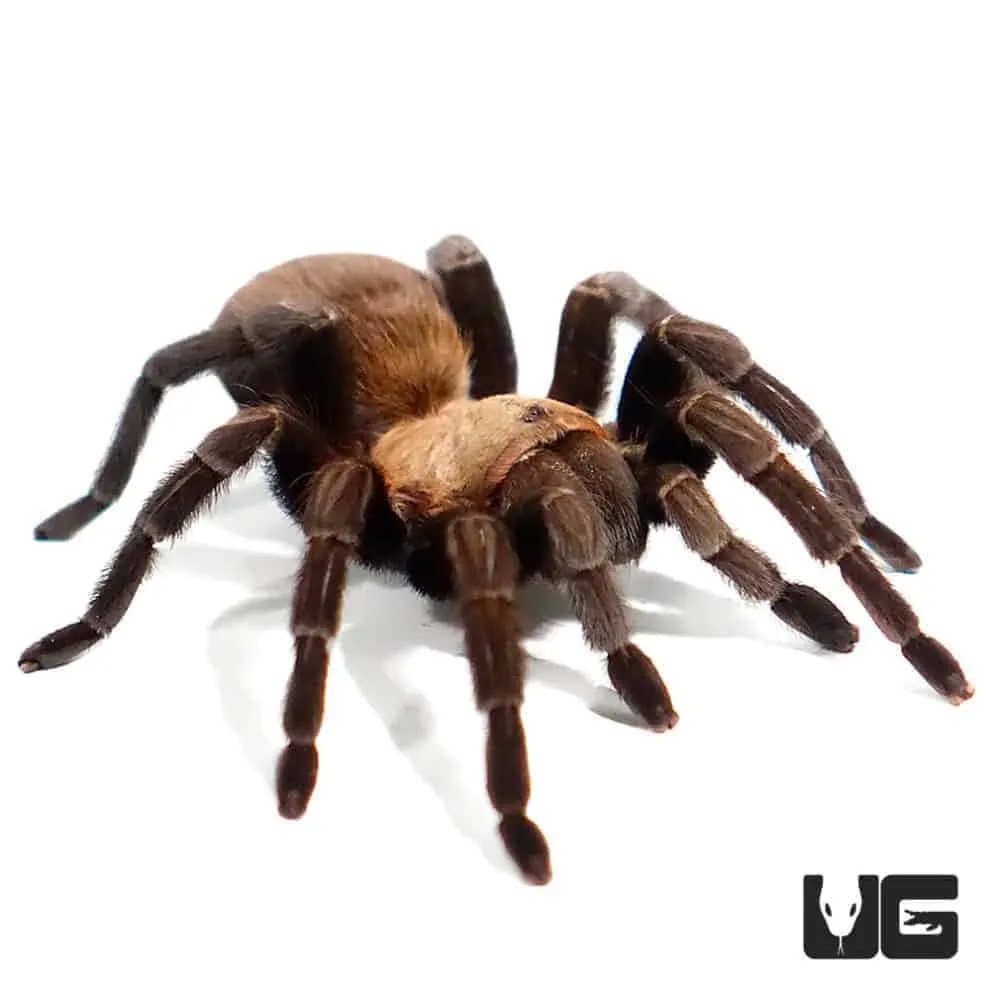
The symptoms of a Texas Brown Tarantula bite can vary, but generally include localized pain, redness, and swelling at the bite site. You might also experience itching, burning, or a tingling sensation. Some individuals may experience more severe reactions, such as muscle cramps, nausea, or increased heart rate, though these are less common. It’s essential to monitor any bite closely for signs of an allergic reaction or infection, which could include difficulty breathing, dizziness, or increasing redness and swelling. Recognizing these symptoms is important for determining the next steps in care. Keep in mind that most bites will cause only minor discomfort, but prompt attention will always help to alleviate any potential complications.
Immediate First Aid for Texas Brown Tarantula Bites
Immediate first aid for a Texas Brown Tarantula bite involves several critical steps to minimize discomfort and prevent further complications. The primary goal is to clean the wound and reduce swelling. Performing these steps swiftly after a bite can significantly improve outcomes. Always remain calm, and quickly move to the following steps to ensure proper care and minimize the chances of further complications.
Washing the Bite Area
The first and most important step is to gently wash the bite area with mild soap and water. This helps to remove any venom on the skin surface, reducing the risk of infection. Use lukewarm water and gently lather the area, rinsing thoroughly. Avoid harsh scrubbing, as this can further irritate the skin. Pat the area dry with a clean cloth. Cleaning the area is crucial for keeping the wound clean and helping the healing process. Doing this immediately can reduce chances of further complications.
Applying a Cold Compress
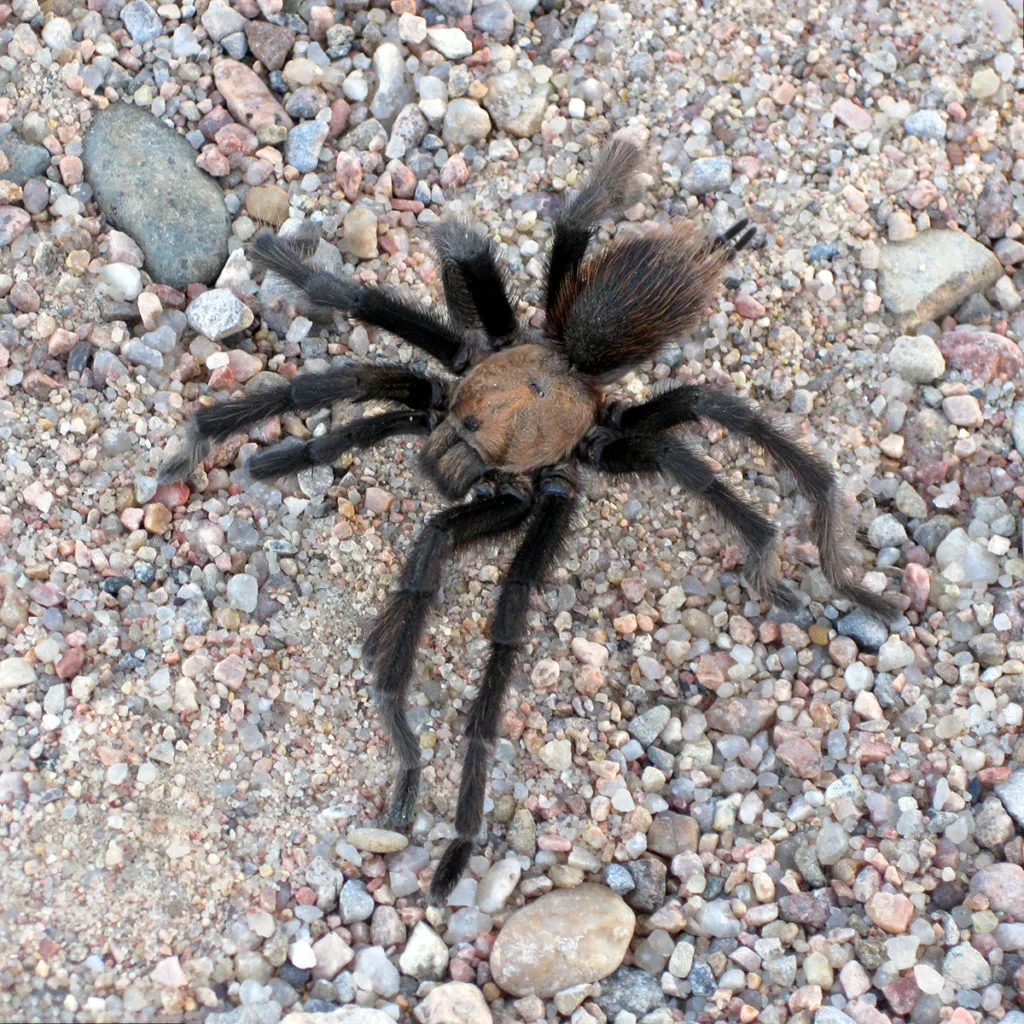
After washing, apply a cold compress or ice pack to the bite area for 10-15 minutes at a time. This helps to reduce swelling, pain, and inflammation. Wrap the ice pack in a cloth to prevent direct contact with the skin, which can cause frostbite. Applying a cold compress can provide immediate relief and reduce the severity of local reactions. Make sure that the cold compress is not directly on the skin. It should be applied several times throughout the day to help manage the symptoms of the bite.
Elevating the Affected Limb
If the bite is on an arm or leg, elevate the limb to help reduce swelling. Elevating the limb above the heart level allows gravity to assist in reducing fluid buildup and alleviating discomfort. This simple step can greatly enhance the effectiveness of other treatments. Maintaining elevation for as long as practical can help in managing pain and swelling. Continue to elevate the limb until symptoms subside, and consider this a key aspect of immediate care for a Texas Brown Tarantula bite.
Monitoring for Allergic Reactions
Closely monitor for signs of an allergic reaction. Symptoms can include difficulty breathing, swelling of the face or throat, hives, dizziness, or rapid heartbeat. If any of these symptoms appear, seek immediate medical attention. Even if you don’t experience these severe reactions, monitor the bite site for increased redness, swelling, or pus, which could indicate an infection. Prompt recognition and action are critical. Being aware of the potential for an allergic reaction ensures you’re ready to respond effectively if it occurs. Seek medical attention as fast as possible if an allergic reaction is present.
When to Seek Medical Attention
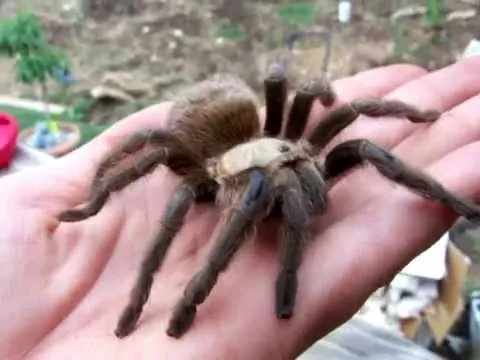
Most Texas Brown Tarantula bites do not require medical attention, but it is crucial to know when to seek help. If you experience severe symptoms like difficulty breathing, chest pain, dizziness, or widespread swelling, go to the nearest emergency room immediately. If symptoms worsen or if the bite area shows signs of infection, such as increased redness, warmth, or pus, medical care is required. Also, if you’re unsure about the severity of the bite or if your symptoms are concerning, it’s always best to consult a healthcare professional. They can assess the bite and advise on the best course of action. Being proactive can prevent complications.
Severe Symptoms Requiring Immediate Care
Certain symptoms indicate that immediate medical attention is critical. These include severe allergic reactions, such as difficulty breathing or swelling of the throat, which can be life-threatening. Other urgent symptoms include intense chest pain, severe muscle cramps, vision changes, or loss of consciousness. If any of these symptoms are observed, call emergency services right away or have someone take you to the nearest hospital. Delaying medical care in these situations can have serious consequences. Immediate action can be the difference between life and death, so recognize these signs and act quickly.
What to Expect at the Hospital
If you seek medical attention, the hospital staff will assess your condition and provide appropriate treatment. This may include cleaning and dressing the wound, administering antihistamines or corticosteroids to treat allergic reactions, and providing pain relief medication. In rare cases of severe reactions, you may receive intravenous fluids or other supportive treatments. The medical team will monitor your vital signs and symptoms to ensure that you’re stable and recovering well. Be prepared to provide information about the bite, including when it occurred and any symptoms you’ve experienced. The hospital staff will guide you through the process and ensure you receive the best possible care.
Long-Term Care and Recovery
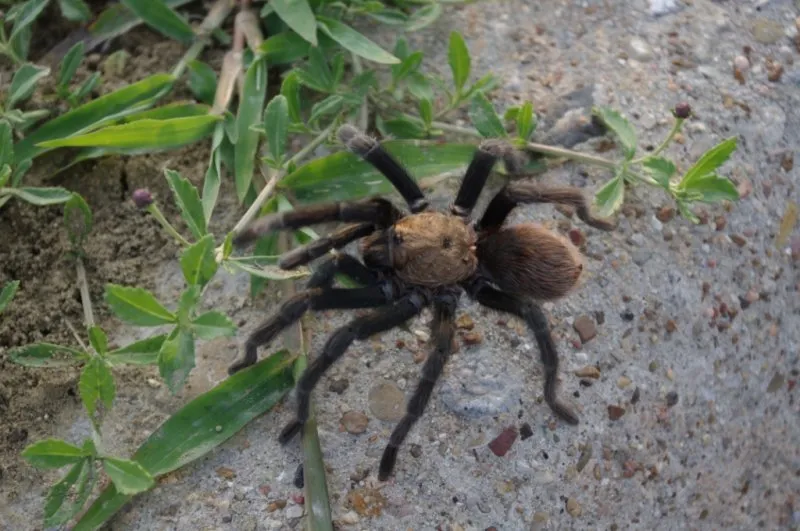
After the immediate treatment, focus shifts to long-term care and recovery. This phase involves managing pain, preventing infection, and ensuring that the bite heals properly. With proper care, most bites heal within a few days or weeks. However, it’s essential to continue monitoring the bite area and follow any advice provided by your healthcare provider. Staying informed and taking necessary steps will ensure that your recovery is smooth and without complications. The key is to be patient and consistent with the care plan.
Managing Pain and Discomfort
To manage pain and discomfort, you can use over-the-counter pain relievers, such as ibuprofen or acetaminophen. Apply a cold compress as needed to reduce swelling and soothe the area. Avoid activities that could aggravate the bite, such as scratching or putting pressure on it. If the pain is severe or persistent, consult your doctor, who may prescribe stronger pain medication. Rest and relaxation will also aid in the healing process. Managing pain effectively will improve your comfort and encourage faster recovery.
Preventing Infections
To prevent infection, keep the bite area clean and dry. Wash the area gently with soap and water daily and avoid using harsh chemicals or irritants. Do not scratch the bite, as this can break the skin and increase the risk of infection. If you notice any signs of infection, such as increased redness, warmth, swelling, or pus, see a doctor immediately. They may prescribe antibiotics to treat the infection. Preventative care is crucial for avoiding infections.
Follow-up Care and Monitoring
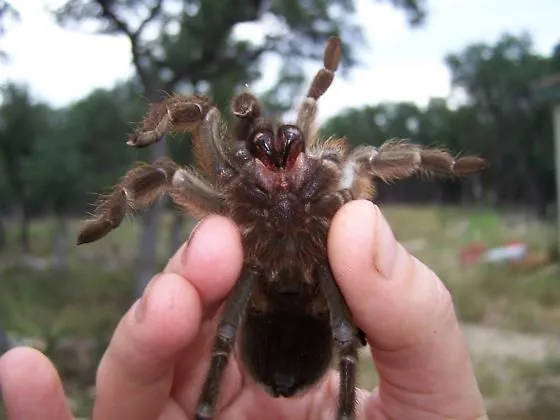
Follow up with your healthcare provider if they recommend it, and attend all scheduled appointments. Continue to monitor the bite area for any changes or worsening symptoms. If you experience any new or concerning symptoms, seek medical advice promptly. Follow the advice of your doctor. A good recovery comes from consistent monitoring and care. Proper follow-up ensures that any potential issues are identified and addressed promptly. Being proactive in your care is important for a complete recovery.
